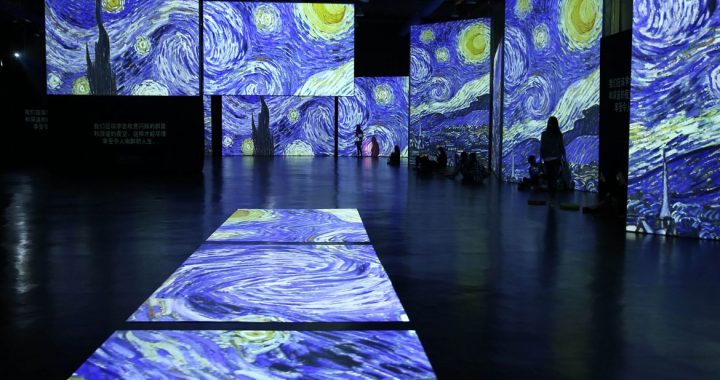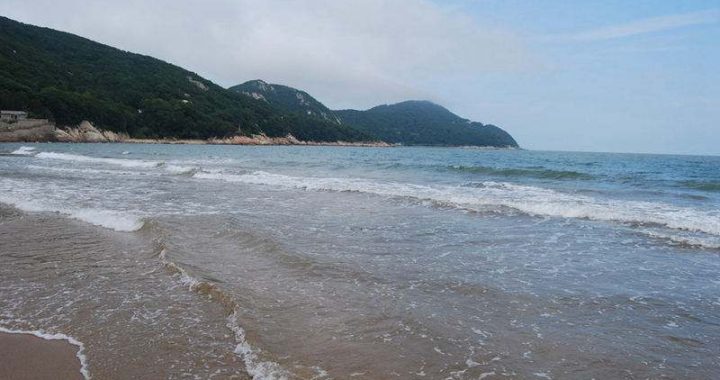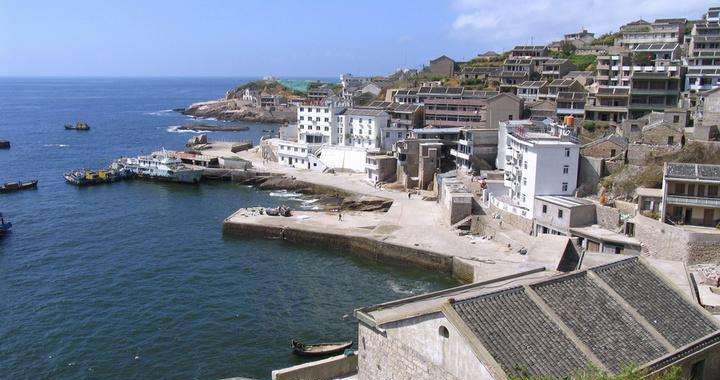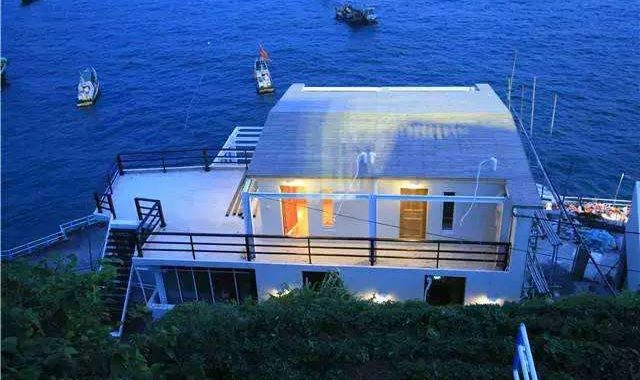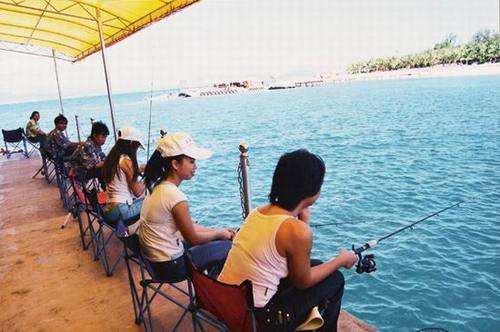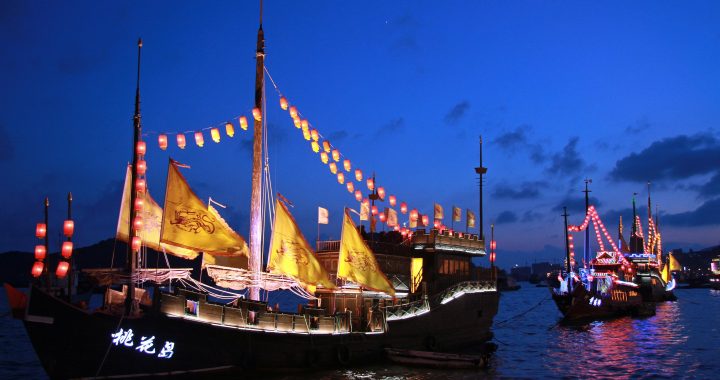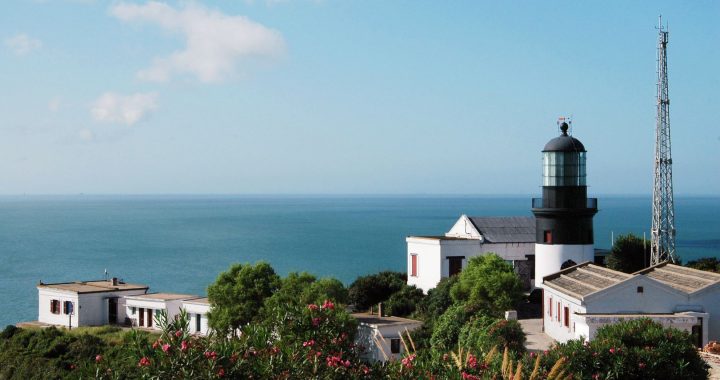Dinghai’s old Town Vista
3 min readDor a glimpse of the most authentic historic sediments in the ancient city of Dinghai, the Middle Street together with its peripheral blocks that are strewnwith cultural spots is a must-see. The core section of the street runs for only about 200 meters. The great injustice is that today’s tourists and the younger generations of the locals tend to favor more famous scenic and cultural attractions in other districts of the Zhoushan Archipelago, making Dinghai a whistle stop that is given a cursory glance at best or totally ignored at worst.
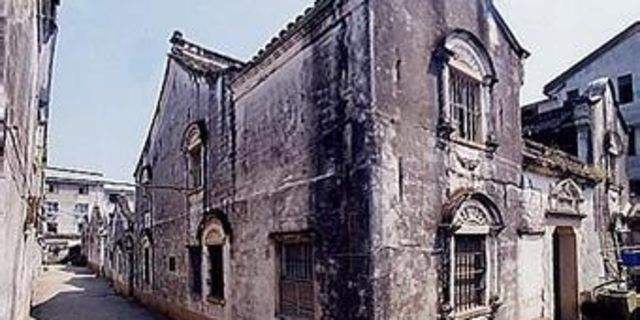
The fire
The street was engulfed in a fire caused by a misplaced oil lamp in a tofu shop during the Spring Festival of 1891. More than 3,000 houses were destroyed, leaving tens of thousands of people homeless and one-third of the city’s population struggling with a serious lack of life sustenance. The city’s centerpiece was ruined overnight. Reconstruction of the street and the restoration to normality took many years. Eight firewalls were added to the street. The post-fire reconstruction of several bifurcations also expanded the street area into a bustling commercial andresidential block, with the original Middle Street phasing out in the fast rise ofthe new downtown area. The irony is that probably because of its ‘ invisibility’ the Middle Street turned out to be the only survivor in the ‘ old street family’ of Dinghai in the sizzling gentrification of Zhoushan.
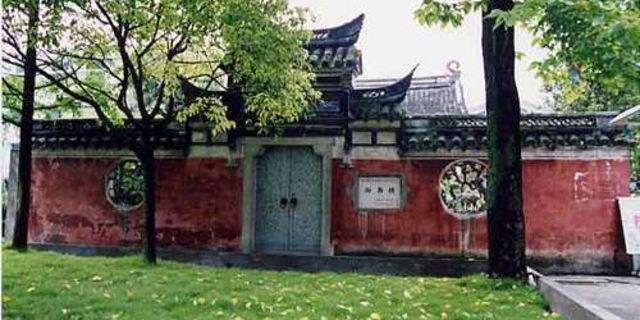
The streets
With a central thoroughfare adorned with modern clothing and shiny plastic trinkets, veering off into the laneways leads one to bustling lived-in courtyards that retain their authenticity. Elderly women fan themselves as they chitchat with theirneighbours and dogs laze about on the pavements occasionally peeking at the passerby. As red lanterns gently move in the breeze so does the local’s laundry, asit hangs drying draped over the wooden beams. Surprising glimpses into the local’s life are stumbled upon. One moment you are gazing into a busy cafe, and the next you are peering into someone’s dimly lit home as an elderly man sits as still as a statue staring back at you. The houses are not just ghostly shells of the past, but are still inhabited today. Towards the outskirts of the old town, brown antique roof tiles contrast against imposing white apartments, marking the end of the walled-in example of past living.
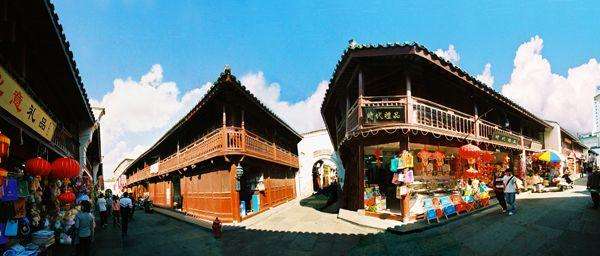
On the weekend,an antique market draws in the young and old alike,who flock tobrowse through the knick-knacks.One stall features weathered second-hand books lined alongside the pavement.The extensive mix features bizarre titles such as the US Army Survival Manual,or the Finance Yearbook of Zhejiang from 2004.Everything from books about Alfred Hitchcock to the Scientific Truth of Psychic Phenomena,wait patiently for the right collector to feast their eyes upon a wellloved cover.
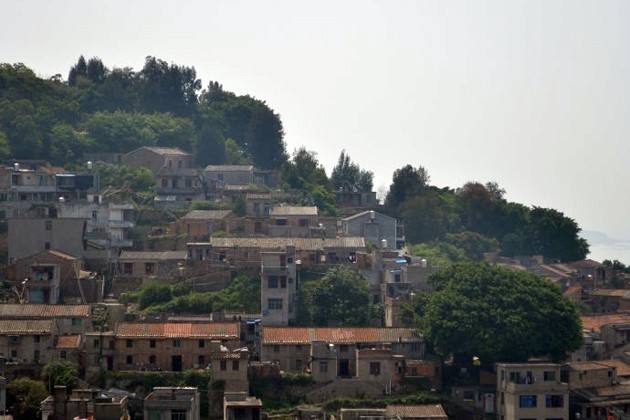
The vicissitudes of the old town area can also be witnessed by the Zuyin Temple,tucked away at one end of the Middle Street off Changguo Road.The temple went through repeated destroying and rebuilding after the Ming Dynasty,but was justifiably the Buddhism’core’of Dinghai in the long period from the Song times to the Republican era.
